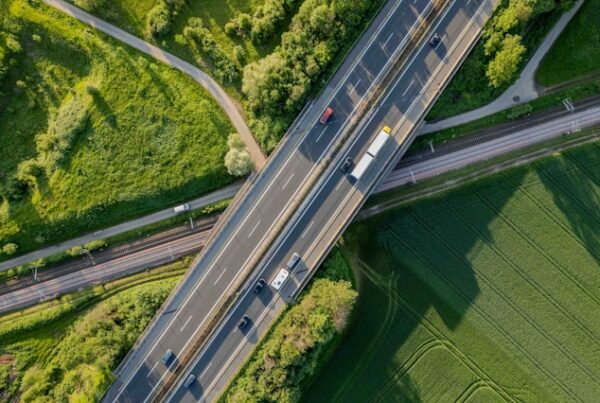If you’re running a business in South Africa, you know that B-BBEE compliance isn’t just a nice-to-have – it’s essential. And when it comes to the Socioeconomic Development (SED) element, there’s real opportunity to make a difference while boosting your scorecard. With 5 points up for grabs, SED can significantly impact your overall B-BBEE score.
The SED Basics You Need to Know
Here’s the deal: to get maximum SED points, you need to spend at least 1% of your net profit after tax on qualifying initiatives. This is calculated using the average of your last three years of audited financials (or since you started if you’re newer than that).
The catch? At least 75% of your beneficiaries must be Black people, and everything needs to be properly documented and quantifiable. No shortcuts here.
Where Should You Focus Your SED Spending?
The B-BBEE Codes make it clear which areas get priority. Smart businesses focus on these three key sectors:
Education and Training is always a winner. Think bursaries, adult education, early childhood development, skills training for unemployed people, or educational infrastructure. These investments create lasting impact and score maximum points.
Healthcare initiatives are equally valuable. Whether it’s funding medical equipment, supporting health awareness programs, or contributing to healthcare facilities, these contributions address critical community needs.
Community Development gives you the most flexibility. Housing projects, sports development, arts programs, environmental conservation, or targeted support for women, youth, people with disabilities, and rural communities all qualify.
Think Strategy, Not Quick Fixes
The biggest mistake we see? Companies scrambling at year-end to spend their SED allocation. Instead, develop a 3-5 year SED strategy that actually makes sense for your business and the communities you want to help.
This approach gives you better budget planning, stronger community relationships, measurable impact, and much smoother B-BBEE verification. Plus, you’ll avoid the common trap of supporting projects that don’t actually qualify.
Set your annual SED budget at the start of each financial year, review progress quarterly, measure your impact properly, and keep stakeholders informed about what you’re achieving.
Make Your SED Work Harder
The smartest companies integrate their SED strategy with other B-BBEE elements. Support Black-owned businesses through your supplier development, create SED programs that generate jobs, or invest in skills development that benefits your supply chain.
Also think about location. Prioritize communities where you operate, focus on high-unemployment areas, and align with government development priorities. This local focus often creates stronger relationships and better outcomes.
What Counts as SED Contributions?
SED isn’t just about writing cheques. You can also provide guarantees, cover direct costs of helping beneficiaries, offer preferential terms to beneficiary communities, provide training and mentoring, or even quantify staff time spent on qualifying initiatives (excluding travel time).
This flexibility means you can leverage your unique capabilities and resources in creative ways.
Avoid These Common Mistakes
Too many businesses shoot themselves in the foot by rushing decisions, failing to verify beneficiaries properly, keeping poor records, or not measuring impact. Without proper planning, you might discover too late that your contributions don’t qualify, have insufficient Black beneficiary percentages, or lack proper documentation.
Start early, plan properly, and document everything. Trust us on this one.
The Bottom Line
Getting maximum SED points isn’t rocket science, but it does require strategic thinking and proper execution. Focus on qualifying sectors, ensure your beneficiaries meet the requirements, keep excellent records, and measure your impact.
Most importantly, don’t view SED as just another compliance cost. It’s an opportunity to create real value for communities while strengthening your B-BBEE credentials and business reputation.
Start planning early, engage meaningfully with communities, and maintain rigorous documentation. Do this right, and your SED investments become a powerful driver of both business success and social transformation – which is exactly what B-BBEE was designed to achieve.
Remember, B-BBEE verification happens every year. Consistency in your SED contributions shows genuine commitment to transformation and builds trust with both communities and verification agencies. The businesses that get this right don’t just tick compliance boxes – they become genuine partners in South Africa’s development story.






